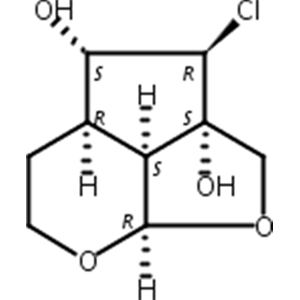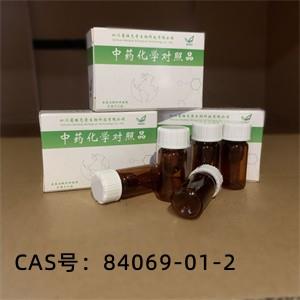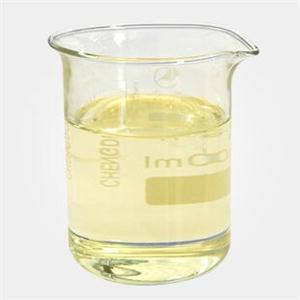重组人甲状旁腺素(1-84)
Recombinant Human Parathyroid Hormone (1-84)
询价
100ug
起订
湖北 更新日期:2025-02-05
产品详情:
- 中文名称:
- 重组人甲状旁腺素(1-84)
- 英文名称:
- Recombinant Human Parathyroid Hormone (1-84)
- 产品类别:
- 重组蛋白
公司简介
生化试剂
| 成立日期 | (17年) |
| 注册资本 | 有限责任公司(自然人投资或控股) |
| 员工人数 | 100-500人 |
| 年营业额 | ¥ 1000万-5000万 |
| 经营模式 | 服务 |
| 主营行业 | 生化试剂,抗体,细胞培养,蛋白组学 |
重组人甲状旁腺素(1-84)相关厂家报价
-

- 地黄素D
- 四川省维克奇生物科技有限公司 VIP
- 2025-02-24
- 询价
-

- 84069-01-2
- 成都彼样生物科技有限公司 VIP
- 2025-02-24
- 询价
-

- 二氢香豆素
- 武汉市乔峰化工科技有限公司 VIP
- 2025-02-24
- 询价




